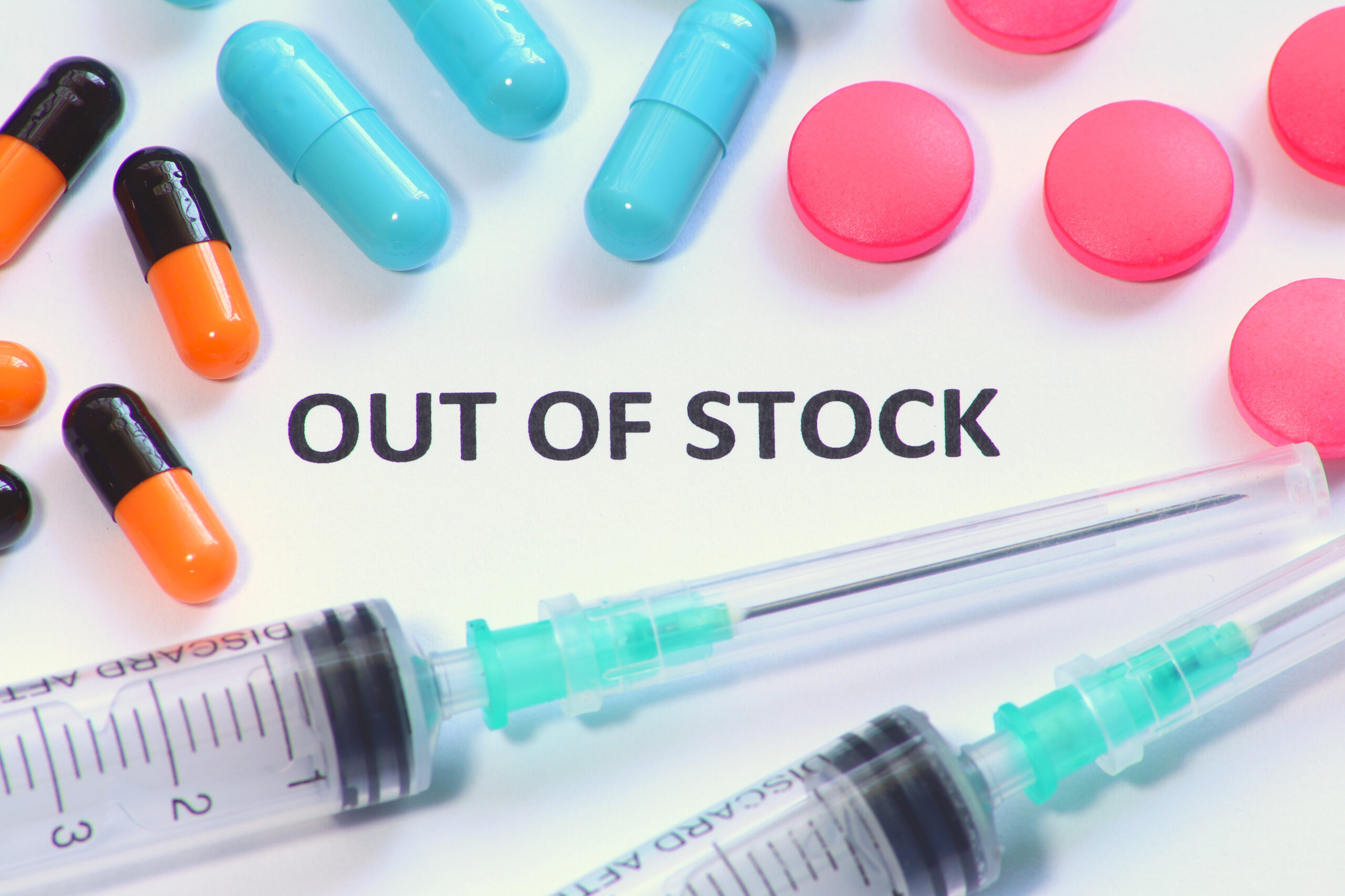
Navigating the Complex Landscape of Drug Shortages: Causes, Impacts, and Strategies for Solutions
Introduction
Drug shortages have become a pressing global issue, posing significant challenges to healthcare systems, medical professionals, and patients. The complexities surrounding the pharmaceutical supply chain, regulatory hurdles, and unforeseen disruptions contribute to the prevalence of drug shortages. In this article, we will explore the causes and impacts of drug shortages, shedding light on potential solutions to address this critical concern.
Causes of Drug Shortages
1. Manufacturing Issues
Manufacturing complexities, including challenges in obtaining raw materials, production delays, and quality control issues, often contribute to drug shortages. Any disruption in the manufacturing process can have a cascading effect on the availability of essential medications.
2. Regulatory Challenges
Stringent regulatory requirements and inspections can sometimes lead to delays in the approval and release of drugs. Regulatory hurdles may arise at various stages, from manufacturing facilities to distribution channels, exacerbating shortages.
3. Supply Chain Disruptions
The global nature of pharmaceutical supply chains makes them susceptible to disruptions caused by natural disasters, geopolitical events, and public health emergencies. The COVID-19 pandemic, for example, exposed vulnerabilities in the supply chain, leading to shortages of critical medications
4. Market Dynamics
Economic factors, such as increased demand for certain drugs, market consolidation, or the withdrawal of less profitable medications, can contribute to shortages. Market dynamics play a crucial role in shaping the availability of pharmaceuticals.

Impacts of Drug Shortages
1. Patient Health Risks
Perhaps the most significant impact of drug shortages is the potential harm to patient health. Shortages may force healthcare providers to resort to alternative treatments or less effective medications, compromising patient outcomes.
2. Increased Healthcare Costs
3. Disruption of Medical Services
4. Challenges for Healthcare Professionals
Healthcare professionals face increased stress and challenges when dealing with drug shortages. They must navigate complex treatment decisions, communicate effectively with patients, and adapt to rapidly changing circumstances.

Strategies for Mitigating Drug Shortages
1. Enhanced Communication and Collaboration
Improved communication and collaboration between pharmaceutical companies, regulatory bodies, and healthcare providers can help address and prevent shortages. Timely sharing of information about manufacturing issues or regulatory developments can facilitate proactive solutions.
2. Diversification of Suppliers
Healthcare systems should explore diversifying their supplier base to reduce reliance on a single source. This strategy can enhance resilience and mitigate the impact of disruptions affecting a specific supplier or region.
3. Investment in Technology
Implementing advanced technologies, such as data analytics and artificial intelligence, can optimize supply chain management. Predictive analytics can anticipate potential shortages, enabling proactive measures to secure alternative sources or ramp up production.
4. Regulatory Reforms
Streamlining regulatory processes and offering incentives for manufacturers to invest in contingency plans for potential disruptions can help alleviate shortages. Regulatory reforms that balance safety requirements with the need for timely drug availability are crucial.
5. Strategic Stockpiling
Maintaining strategic stockpiles of essential medications can serve as a buffer during emergencies or unexpected disruptions. This approach requires careful planning and coordination to ensure the timely rotation of stock and prevent expiration issues.
Conclusion
Addressing the complex issue of drug shortages requires a multi-faceted approach involving collaboration, technology integration, regulatory reforms, and strategic planning. The healthcare industry must proactively work together to develop resilient supply chains that can withstand unforeseen challenges. By implementing these strategies, we can move toward a more robust pharmaceutical ecosystem, ensuring the consistent availability of critical medications and safeguarding the well-being of patients worldwide.






Leave a Reply